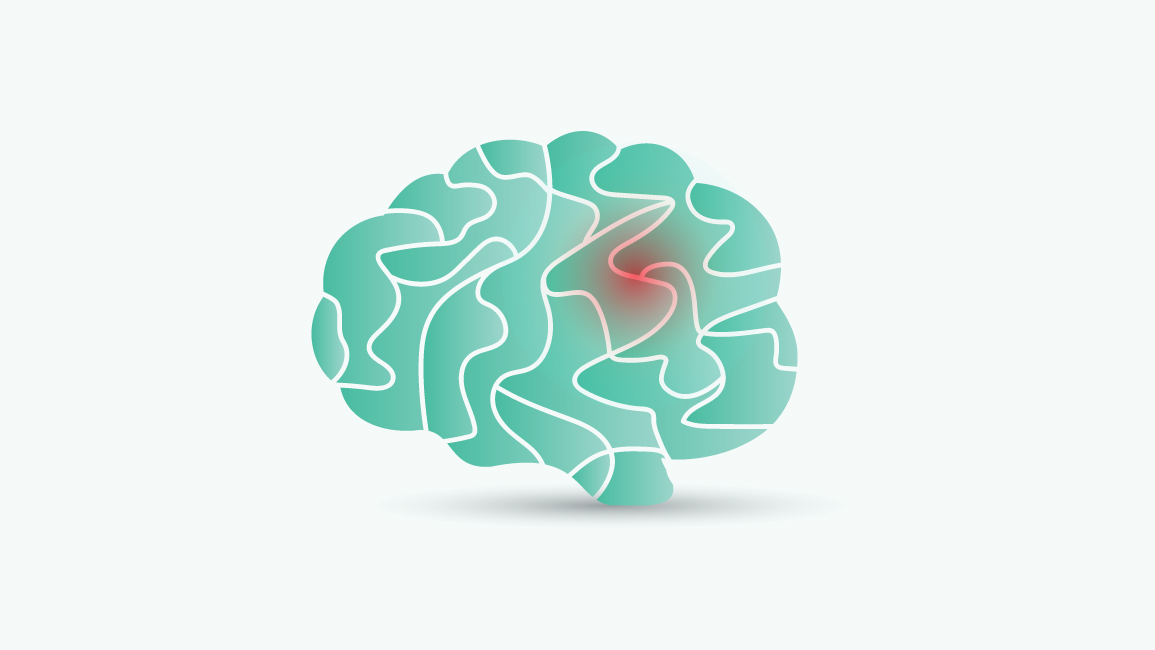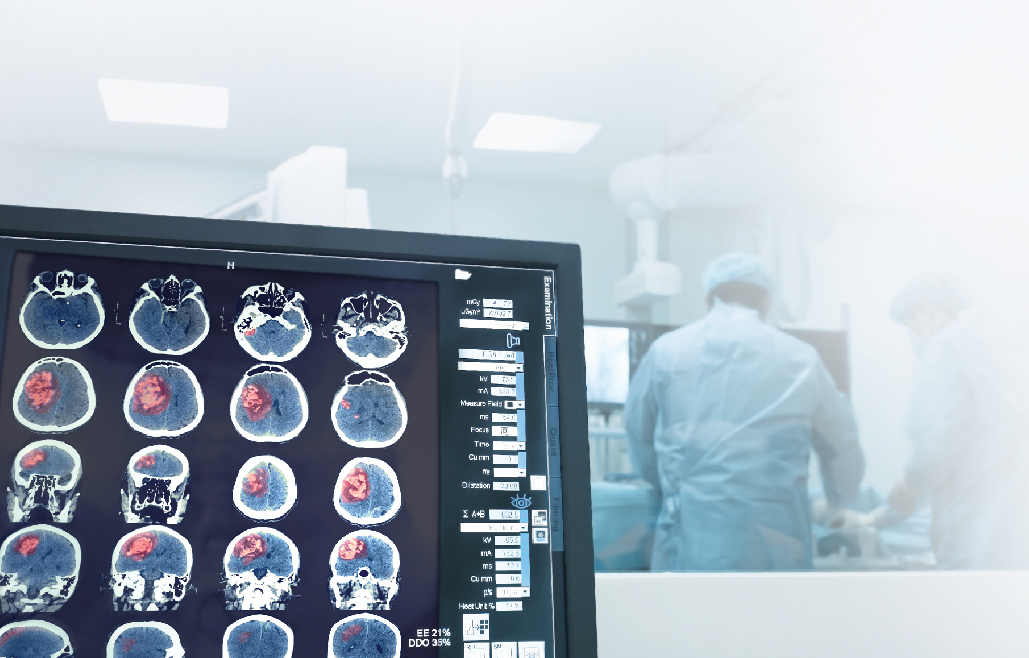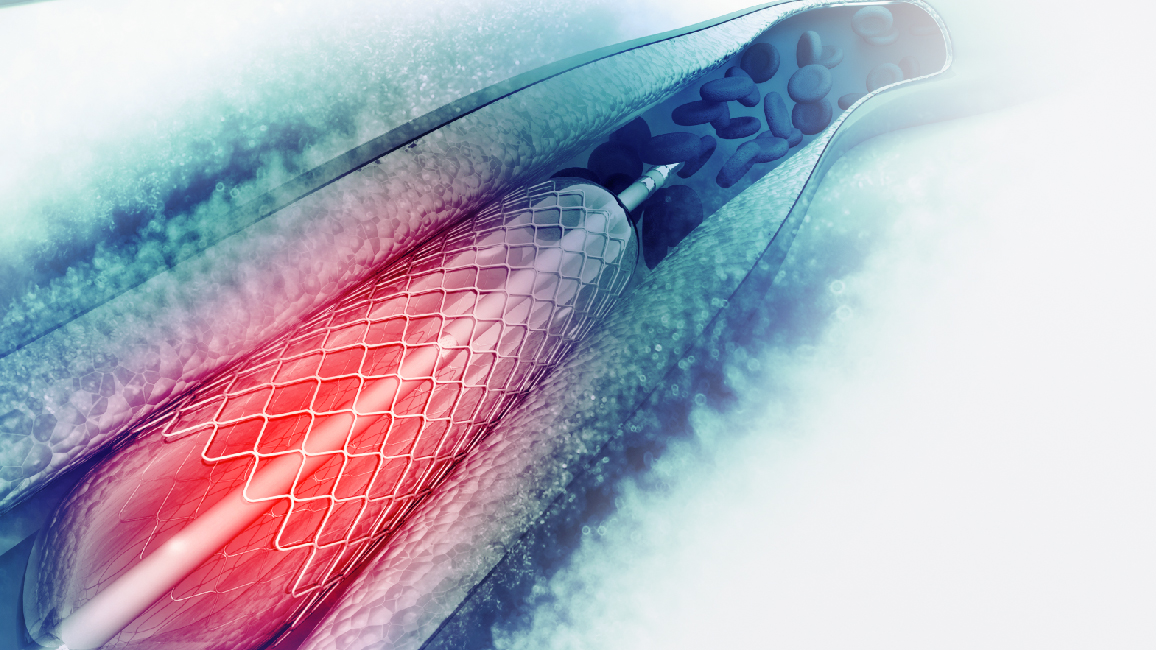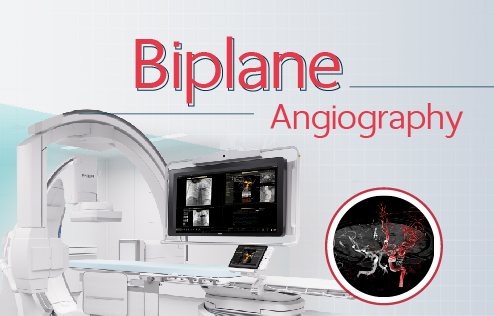Don't let the facial twitching spoil your personality
Center : Neurology Center
Article by : Dr. Pattarawut Soonsup

Anomalies that occur on the face, no matter what the causes are makes everyone worried. Because the face is the first line of defense to enhance your personality to look good. Therefore, everyone tries to keep their faces bright and beautiful and if someone has twitching on the, it will probably cause a lack of confidence. But this can be treated with Botox, which is not only good for beauty. But it's good in terms of healing as well.
Choose to read by topic:
What is facial twitching?
It is a disorder caused by involuntary movements. This is a form of "twitching" of the facial muscles, with most patients having symptoms on one side of the face. The spasm occurs in a group of facial muscles controlled by the seventh cranial nerve, including the muscles around the eyes, forehead, corners of the mouth, and superficial muscles of the neck. It is unpredictable and uncontrollable and can happen to both males and females but is found in more women. The average age is about 40-70 years.
At first it starts in the eyelids first eye-like symptoms, mild spasms and the frequency of twitching gradually becomes more and will spread to the mouth and cheeks. Sometimes, when the twitching is severe, it can cause the eyes to close completely. Most often occur on one side of the face. The smallest part is on both sides. This disease does not cause paralysis, not a serious disease in any way but may cause annoyance, loss of personality, disturbing work in daily life.
What causes facial twitching?
It can be divided into two causes:
- Groups with brain stem lesionssuch as brain tumors brain stem tumor, inflammation of unknown cause, accident the presence of a blood clot or rupture in the brain affecting nerves.
- The group with no brain stem lesionsmostly caused by the cerebral artery of the brain stem passes through the facial nerve or the 7th cranial nerve. The blood vessels hit this nerve, causing the nerve to transmit impulses beyond the brain's command. As a result, the nerve signals that feed the muscles are abnormal. Making continuous, uncontrollable spasms of facial muscles.
There are also factors that provoke an increase in facial twitching, such as mental stress. Overthinking, fatigue, sleep deprivation, including facial muscle movements such as speaking, smiling, using eyes too much.
Guidelines for diagnosis and treatment of facial spasms
Initially, the doctor will take a history to rule out hemiplegia from the group with diseases other than the blood vessels that have been exposed or stimulation of the 7th pair of nerves, such as brain tumors brain stem tumor eyelid spasm or the eyelid muscles because the causes and factors of the disease are different starting from giving medications, if it doesn't improve within 2-3 weeks, your doctor will perform a magnetic resonance imaging (MRI) scan of your brain to look at lesions on the brainstem to differentiate the disease.
Treatment guidelines for facial spasms If the cause of facial twitching is due to a brain tumor will treat the cause But if the cause is not found, there can be 3 approaches to treat:
- Oral medications to relieve spasms, but when the drug wears off, the spasm can return. Therefore, medications must be taken continuously in order to control the spasm to occur regularly.
- Botulinum toxin (Botox) injections into the muscles involoved to reduce spasm.
- Surgery, which can be done only when a blood vessel that presses on the facial nerve is found at the brain stem area or found a tumor that presses on the nerve which will be operated on the area behind the ear. This therapy is a direct and permanent solution.
How does Botox treat facial spasms?
Botulinum toxin injections, also known as "Botox", is effective for relieving spasms on the face. The doctor will inject botulinum under the skin over the muscles that are affected to make the muscles weaker and reduce the spasms. In general, the injection takes only 5-10 minutes. The effect of botulinum toxin begins in 2-3 days and lasts for about 3-6 months, so the patient needs to return for injection to reduce regular spasms.
Botulinum toxin has the advantage of being used in patients with severe spasms or unable to tolerate side effects from oral medications. Patients tend to improve by 90%. In general, the most common post-injection complications are: Bruising from an injection under the skin there may be ptosis or temporary double vision. However, with the current injection technique the chance of side effects is very low and will only be temporary.
Treatment after botulinum toxin injections
Immediately after injection, do not touch, rub, feel the injection site, do not lie down for 3-4 hours after injection. Sit up straight. Do not massage your face for 1 week. You can wash your face and apply nourishing cream. Avoid heat-inducing activities for 2 weeks after the injection, including laser treatments, saunas, and outdoor exercise or walk in the sun for a long time, etc. and refrain from all kinds of alcoholic beverages for about 7 - 14 days.
Hemispherical face disease is a mild condition but the face is an important part for everybody. May cause annoyance and loss of confidence. If you find yourself with symptoms like spasms of the face or eyes for more than 1-3 weeks, or convulsive twitching with other neurological symptoms such as upper eyelids, lower eyelids, cheeks, face numbness or burning, face distorted, you should seek medical attention immediately to get a diagnosis of the cause to lead to the right treatment.
Online Consultation
Free of Charge
Article of Neurology Center






